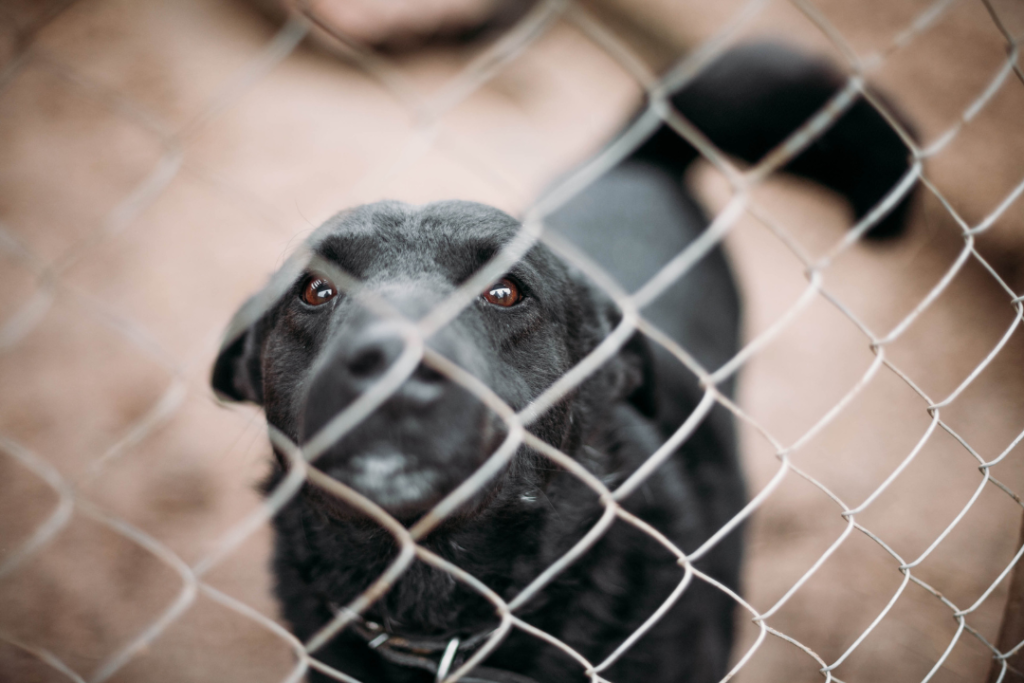How to Train an Abused Dog
Dog abuse – it’s a harrowing subject that none of us like to think about. Yet, it’s an unfortunate reality for countless dogs across the globe. While the issue itself is heartbreaking, there’s a silver lining in the cloud – the potential for rehabilitation and the opportunity for these dogs to experience a fulfilling, love-filled life. In this guide, we at CRT K9 aim to shed light on the process of rehabilitating an abused dog. It’s a journey fraught with challenges, but the reward of watching a scared, wary creature blossom into a trusting, loving companion is truly unparalleled.

Understanding an Abused Dog's Behavior
Before we dive into the mechanics of rehabilitation, it’s critical to understand the behaviors of an abused dog. These animals often exhibit fear-based behaviors. They may cower, flinch at sudden movements, or show aggression as a defense mechanism. These behaviors are an outcome of the physical and psychological trauma they have endured.
Understanding and decoding signs of stress and discomfort in a dog is crucial. An abused dog may show signs such as excessive licking, avoidance behavior, and submissive urination. Understanding these signs will help you to respond effectively and sensitively, fostering a safe space for the dog.
Preparing Your Home for an Abused Dog
Speaking of safe spaces, your home environment plays a pivotal role in the rehabilitation process. This process involves more than just physical safety, though. Your home should also be a haven of psychological comfort. You’ll want to introduce dog-proofing measures such as secure storage for cleaning products or medications, and ensuring small, swallow-able objects are out of reach.
Further, consider including elements that promote calmness like quiet, secluded areas for your dog to retreat to, soft lighting, and even calming pet music. Investing in comfortable bedding, chew toys, and other essentials can help create a comforting environment.
Building Trust with an Abused Dog
Trust forms the backbone of your relationship with the dog, and it’s perhaps the most challenging aspect of rehabilitation. When you’re approaching a scared dog, there are certain do’s and don’ts. Always respect their space. Avoid direct eye contact, approach them side-on, and lower yourself to their level to seem less threatening.
Patience and consistency are the key here. Show the dog that you’re reliable through consistent behavior. The role of positive reinforcement is also vital in trust-building. Reward good behavior with treats, toys, or affection.
Developing a routine for the dog can instill a sense of security, as predictability can be comforting for traumatized animals.

Training Techniques for Abused Dogs
Training an abused dog can be a delicate task. While not always necessary, professional dog training can be beneficial. At CRT K9, we’ve seen firsthand the impact of expert guidance in these situations. It is similar to training a stray dog, but extra care is needed due to the weight of the situation.
Clicker training is an effective method, as it builds positive associations with good behavior. By pairing the click sound with a reward, you can communicate effectively with the dog, enhancing their confidence and decreasing fear.
Socialization plays a crucial role too. Gradually introducing the dog to other dogs and humans can help them learn to navigate social situations without fear.
Handling Setbacks in Training and Rehabilitation
In this journey, setbacks are not just common; they’re expected. It’s important to normalize these setbacks and understand their reasons. These could be due to a change in environment, stress, or underlying health issues.
If you’re facing common problems like regression in training or increased fearfulness, first review your training methods and the dog’s environment for any potential triggers. If you’re unable to resolve the issues, it’s best to seek professional help.
Nutrition and Health Care for an Abused Dog
Just as with humans, the physical health of a dog is closely linked with its mental well-being. Regular vet checks and up-to-date vaccinations are a must.
The nutritional needs of a traumatized dog may be different from that of other dogs. They might need a diet high in nutrients that support the nervous system and promote brain health. Exercise and outdoor activities can also be incredibly therapeutic, offering physical stimulation and a chance to explore a safe environment.
Case Studies: Successful Rehabilitation of Abused Dogs
Here at CRT K9, we’ve been privileged to witness numerous successful rehabilitations. Each story, from the trainers’ relentless efforts to the dog’s incredible resilience, provides invaluable insights. These real-life experiences underscore the possibility of transforming an abused dog’s life.
Frequently Asked Questions
Signs can include fearfulness, avoidance behavior, submissive urination, and aggression.
There’s no set timeframe. It varies for each dog, depending on the severity of their past experiences and their individual personality.
While not always necessary, it can be beneficial. A professional trainer can provide expert guidance and support.
A diet high in nutrients that support brain health is beneficial. It’s best to consult a vet for personalized advice.
Review your methods and the dog’s environment. Be patient, and seek professional help if needed.
Conclusion
Rehabilitating an abused dog is not an easy task. It requires time, patience, knowledge, and a whole lot of love. However, the transformation that these dogs undergo, the life that they get to lead post-rehabilitation, makes every challenging moment worth it.
